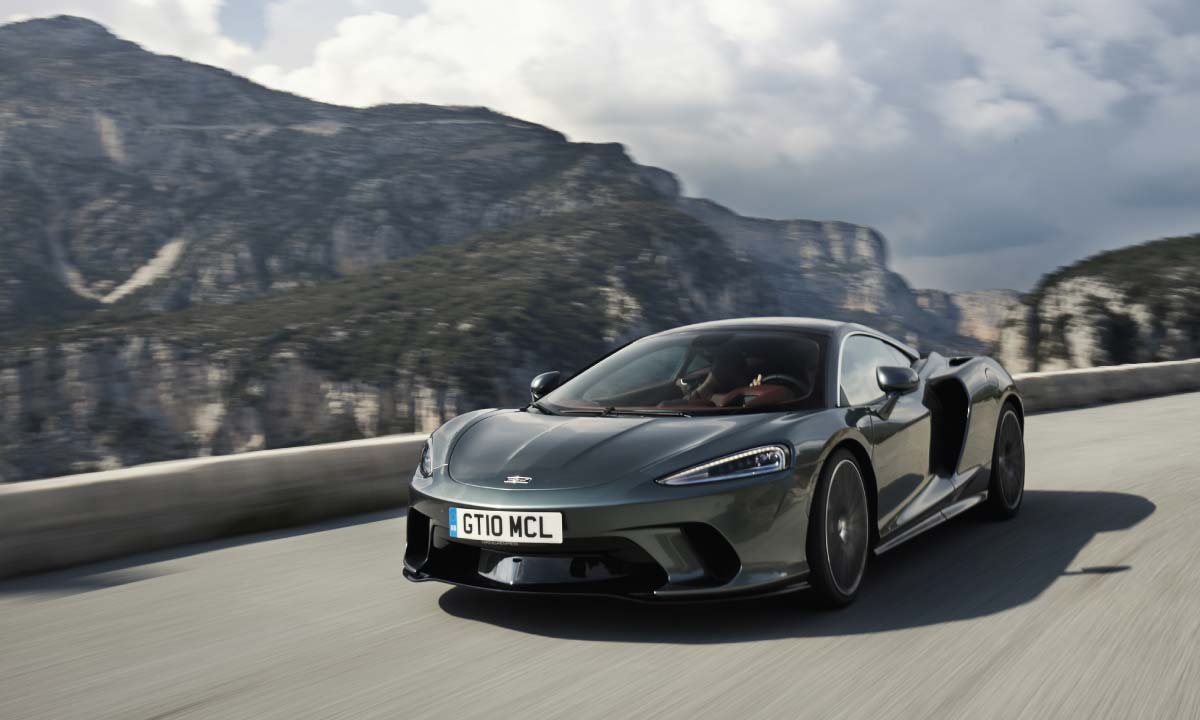Undoubtedly the McLaren brand is first associated with Formula 1, closely followed by the iconic McLaren F1 road car from the 1990s.
Let’s first take a stroll down memory lane to uncover the roots of this illustrious brand. At its core was the motor racing legend Bruce McLaren, a native of New Zealand whose racing journey commenced with the Cooper team in 1959. At the remarkably young age of 22, he secured victory in a Grand Prix, making him one of the youngest F1 Grand Prix winners at the time. By 1963, Bruce had co-founded the McLaren Motor Racing team and introduced their inaugural car, the M1A, of which only 24 units were crafted. In 1965, the marque unveiled its first F1 car, the M2B. Sadly, Bruce McLaren met a tragic fate during prototype testing in 1970.
Over the years, F1 legends like Niki Lauda, Alain Prost, and Ayrton Senna achieved monumental triumphs thanks to their association with McLaren. A strategic partnership between team principal Ron Dennis and Gordon Murray led to the development in 1992 of the groundbreaking McLaren F1, the fastest car of its time boasting an impressive top speed of 240 km/h. This record remained unbeaten for 13 years, until the 1001hp Bugatti Veyron surpassed it. Today, McLaren Automotive continues to produce some of the most exhilarating cars globally, with the McLaren GT being a prominent standout.

The McLaren GT, built around a robust carbon fiber core that ensures remarkable strength while weighing just a tad over 1.5 tons, is emblematic of the brand’s ethos. This GT model seamlessly blends impressive performance and driving dynamics with everyday usability and opulent luxury. Its 4.0-liter twin-turbocharged V8 engine delivers a potent 612 horsepower and 630Nm of torque. Paired with a swift-shifting dual-clutch, 7-speed SSG gearbox and versatile drive modes (Comfort, Sport, and Track), it propels the car from 0 to 100km/h in a mere 3.2 seconds, and 0 to 200km/h in an eye-watering 9.0 seconds, with a top speed of 326km/h.
Complementing its performance are high-performance carbon ceramic discs, measuring 390mm in the front and 380mm at the rear, equipped with forged aluminum calipers, ensuring exceptional braking whether cruising at high speeds or during everyday driving.
Economy Middle East took the McLaren GT for a spin on our favorite driving route, the formidable Jabal Jais. The journey offered us a chance to appreciate its GT attributes during the two-hour drive to the location, and later, its agility navigating the twisting roads.
The McLaren GT demonstrated its prowess on sharp, mountainous bends, thanks to the harmonious interplay of the adaptive McLaren Proactive Damping Control and lightweight aluminum double wishbone suspension, in perfect sync with McLaren’s signature electro-hydraulic steering. This provided a smooth ride and race-car-like handling. The innovative Optimal Control Theory software algorithm, utilizing sensors to anticipate and react swiftly to the road conditions, further contributed to the outstanding performance.

In a GT, the interior holds equal importance to the engine and handling. The McLaren GT impeccably marries superior materials and finishes with a minimalist design. Offering three interior specifications – Standard, Pioneer, and Luxe, accompanied by bespoke GT seats and a premium Bowers & Wilkins sound system, the interior provides a delightful ambiance. However, the McLaren Infotainment II system, while functional, feels somewhat outdated. This minor inconvenience is easily overlooked when considering the overall offerings of the car.
McLaren has succeeded in crafting a vehicle with grand touring qualities and supercar performance. A vehicle capable of comfortably crossing continents and feeling equally at home, whether at the Nürburgring or parked in front of Hotel de Paris in Monte-Carlo. As if that weren’t enough, it even accommodates your golf clubs, and more.
For more miscellaneous stories, click here








